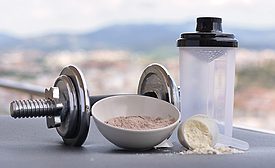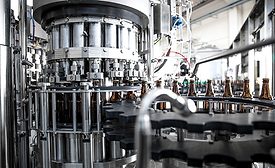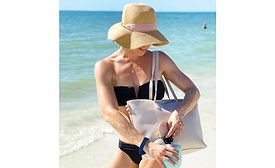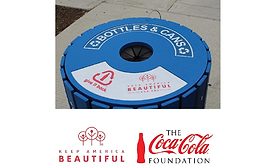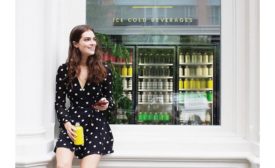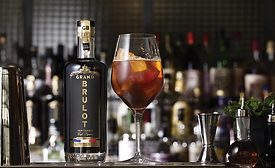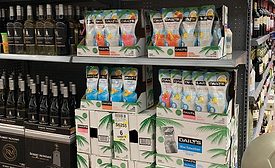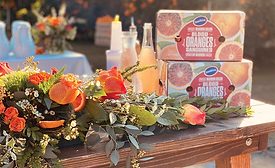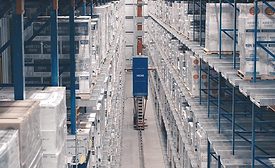Sarah Graybill
Returning to her roots in Chicago after writing and marketing in California’s wine country, Sarah Graybill covers everything from beverage brand creative and innovation in packaging, to responsible manufacturing and products simply too good not to buzz about. Sarah has two Bachelor of Arts degrees in Public Relations and English from Drake University, but has been writing since age 8. Sarah’s favorite aspects of her role as associate editor are the dynamic industry wavemakers she gets to know, and the journeys and stories that make their products noteworthy.
ARTICLES
R&D
Consumers demand nutrition for muscles, bones, joints
Read More
Packaging Equipment
Manufacturers demand flexible, eco-friendly filling technology
New filling technology to cut production time, environmental impact
April 12, 2020
Last Drop
Wine purses appeal to eco-conscious, stylish consumers
Reusable wine totes can transport, store and serve any wine
April 8, 2020
Channel Strategies
On-premise businesses adapt to COVID-19, plan for future
Businesses shift operations, develop strategies for eventual reopening
April 1, 2020
Between Drinks
Responsible, sustainable brands win over consumers
Beverage brands take action to further their sustainable efforts
March 20, 2020
Channel Strategies
Drug stores reformat, digitize to compete with online retailers
Wellness centers, frictionless checkout among latest strategies
March 18, 2020
Ingredient Spotlight
Coffee drives new product development in food, beverage
Coffee’s application for functionality and flavor drives innovation, growth
March 17, 2020
Packaging
Brands aim to efficiently, sustainably package goods
Consumer trends drive increased customization, decreased waste
March 16, 2020
Last Drop
Blood oranges add exotic twist to food and beverage
Sunkist gives inside look at blood oranges from farm to table
March 13, 2020
Customized storage solutions to tackle SKU proliferation in beverage
Best storage solutions vary by operation, location and more
February 24, 2020
Elevate your expertise in the beverage marketplace with unparalleled insights and connections.
Join thousands of beverage professionals today. Shouldn’t you know what they know?
JOIN NOW!Copyright ©2024. All Rights Reserved BNP Media.
Design, CMS, Hosting & Web Development :: ePublishing

